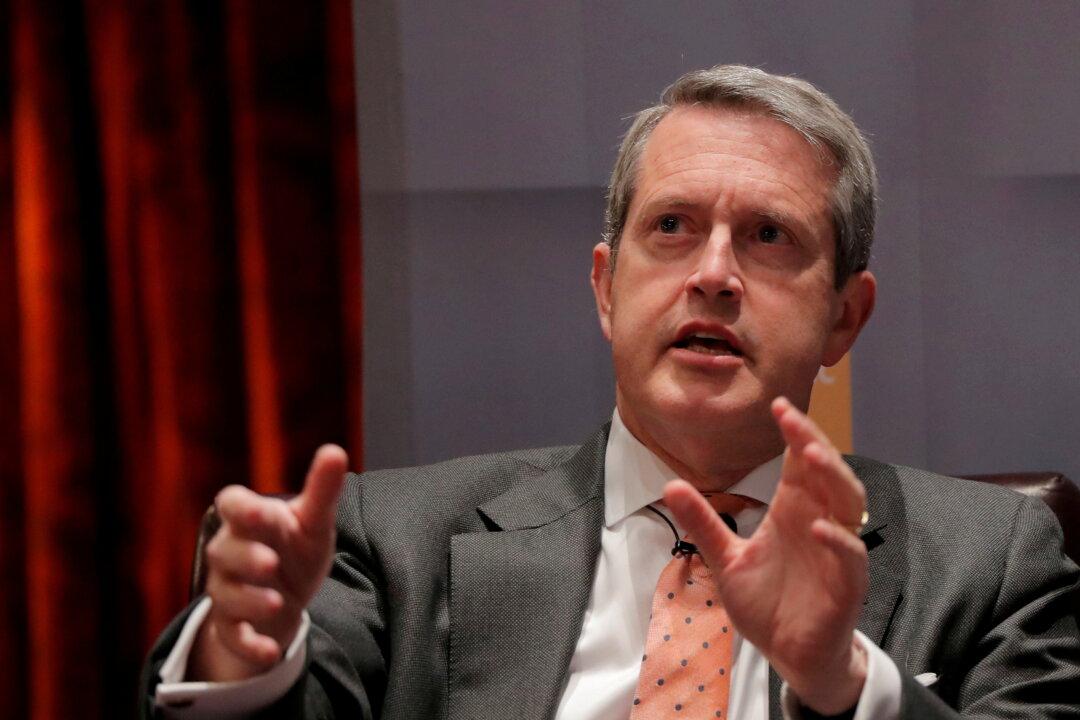Federal Reserve Gov. Randal Quarles on Wednesday warned that additional government spending being contemplated by the Biden administration could lead to “transitory” inflation continuing for too long.
Speaking at a Milken Institute conference in Los Angeles, Quarles noted that the central bank has been increasing its holdings of Treasury securities and agency mortgage-backed securities by $120 billion a month since the middle of last year in an effort to support the economy.





